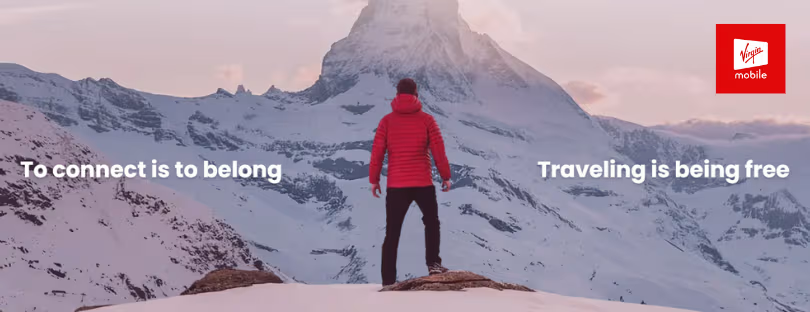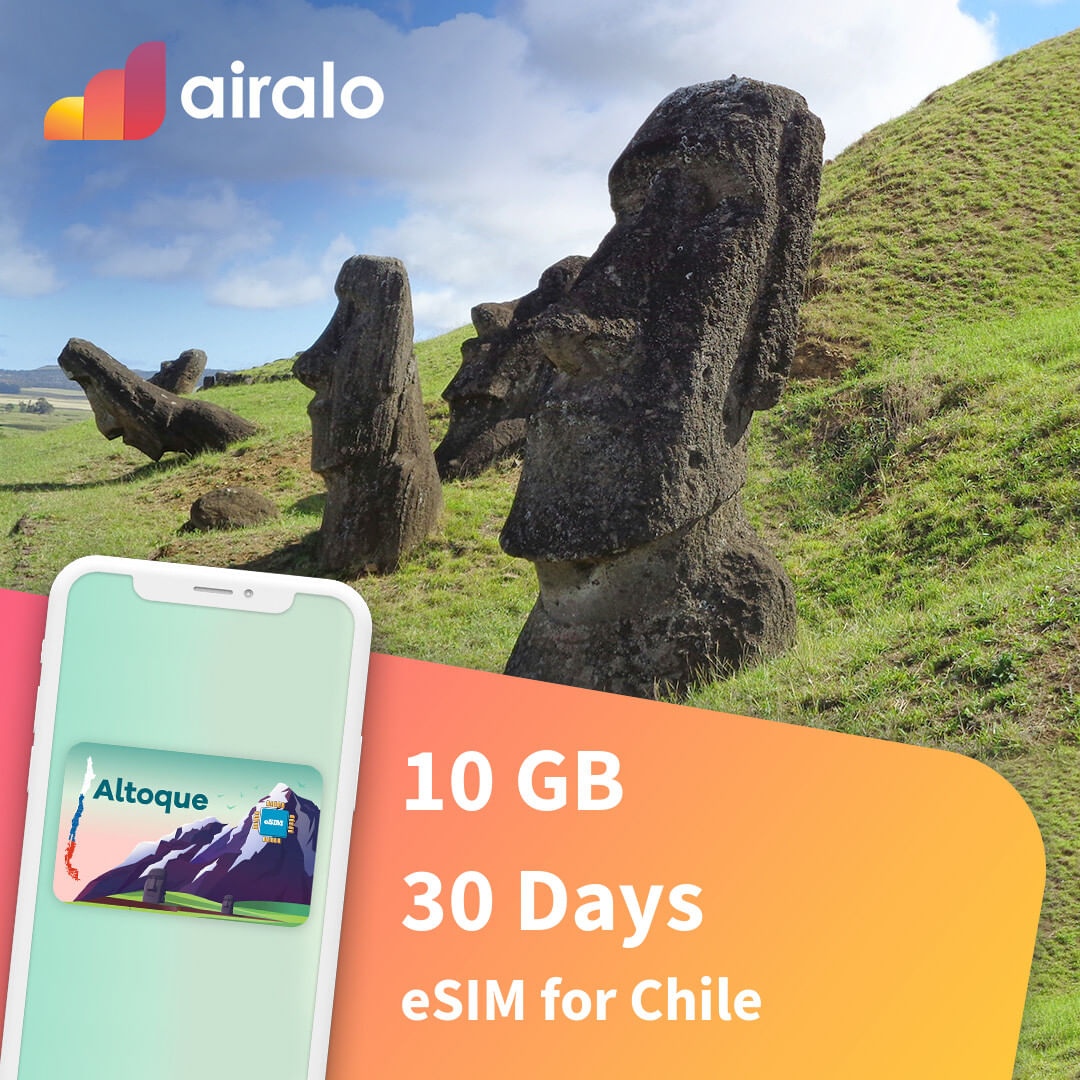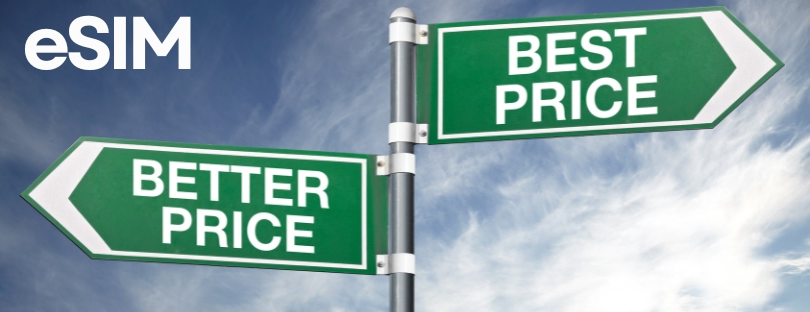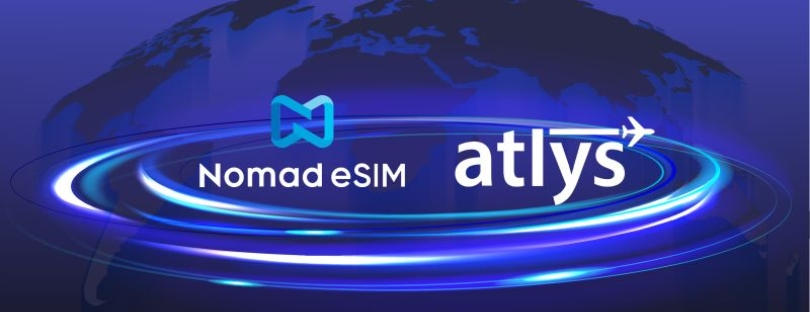
Virgin Mobile Chile Launches New eSIM With Motorola
Virgin Mobile Chile just made one of its boldest moves yet: the operator has officially rolled out its new eSIM offering, marking a shift toward fully digital mobile connectivity. For a market where physical chips and in-store visits are still deeply rooted in the user experience, this is a decisive—and overdue—step forward.
Instead of dealing with traditional SIM cards, Virgin users can now activate their mobile number entirely online, scan a QR code, and have their plan ready to go in minutes. No waiting for deliveries. No going to a store. No breaking tiny plastic cards. Just instant connectivity.
And Virgin isn’t doing this alone. As part of the rollout, the company sealed a partnership with Motorola to ensure a strong lineup of compatible devices—an important move for a country where mid-range Android phones dominate sales.
“We want innovation to be accessible for everyone,” said Gonzalo Vera, General Manager of Virgin Mobile Chile. “The eSIM is the future—more digital, more secure, and more sustainable. The idea is that users feel the benefits immediately.”
It’s a message aligned with global telecom trends but also very carefully timed: Latin America is moving faster than expected toward digital SIM adoption, especially as travel, security, and sustainability pressures reshape user behavior.
What Virgin Mobile is Actually Offering
At its core, eSIM technology isn’t new—but its adoption in Chile has been slow compared with markets like Europe or the U.S. An eSIM (embedded SIM) is a virtual version of the physical chip stored inside a device’s hardware. Instead of inserting anything, the mobile profile is downloaded remotely.
Virgin Mobile now lets you:
- Activate a line instantly with a QR code
- Switch providers with zero physical steps
- Avoid SIM card loss, damage, or cloning attempts
- Reduce plastic waste
- Store multiple numbers on one phone
That last part is particularly attractive for professionals, gig workers, and frequent travelers—groups that are growing in Chile.
Motorola’s Country Manager, Agustín Aden, put it simply:
“Users can now have two numbers—work and personal—on the same device, even with different operators. That’s a big advantage.”
For an MVNO like Virgin, where flexibility and user-friendly onboarding are central to its identity, these capabilities fit the brand perfectly.
Why the Motorola Partnership Matters
Strategic partnerships are increasingly becoming the backbone of eSIM adoption. Globally, operators rely on hardware manufacturers to accelerate consumer uptake. Apple, for example, forced the U.S. market into eSIM-only iPhones back in 2022. Samsung and Google followed with wider support across premium devices.
READ MORE: Chilean MVNO Smobi first to activate eSIM service
But in Latin America, the Android mid-range segment is king—and Motorola leads that segment.
In Chile, Motorola’s popularity gives Virgin two advantages:
- A broad base of instantly compatible users
- A smoother upgrade path for customers not yet using eSIM-ready devices
It’s a pragmatic, data-driven partnership, signaling that eSIM adoption in Chile could accelerate faster than expected.
A Sustainability Angle That Actually Makes Sense
Many brands talk about sustainability; eSIM is one of the few telco innovations that truly delivers measurable impact.
No more plastic cards.
No more packaging.
No more logistics.
No more shipping miles.
For a company like Virgin—whose brand identity leans modern, youthful, and eco-aware—it’s an easy win. For customers, it also feels like a natural evolution rather than a forced change.
What This Means for Chile’s Telecom Landscape
With this move, Virgin Mobile positions itself among the early eSIM adopters in Chile, ahead of many MVNOs and even some traditional operators. Globally, the trend is unmistakable: operators that embrace eSIM early tend to improve customer acquisition and reduce operational costs, according to industry analyses from GSMA and Juniper Research.
What’s happening in Chile mirrors the broader shift:
- eSIM adoption worldwide is projected to quadruple by 2028
- MVNOs are using eSIM to reduce reliance on physical logistics
- Digital onboarding reduces churn and improves user experience
- Consumers increasingly expect instant activation
Virgin Mobile is now tapping into all of these advantages.
About Virgin Mobile Chile
Virgin entered Latin America in 2012, establishing itself as a strong MVNO option alongside Canada, Spain, Mexico, Ireland, Poland, and others—reaching over 15 million subscribers globally. In 2023, its Latin America and MEA operations were acquired by Beyond One, a tech-driven group that has been aggressively pushing digital services and connectivity solutions.
Conclusion: eSIM in Chile Is Picking Up Speed—and Virgin Wants to Lead It
Virgin Mobile isn’t the first operator in Chile to offer eSIM, but the way it’s approaching it—through accessibility, partnerships, and a clear value proposition—makes the move stand out.
Compared with competitors like Entel, Movistar, and WOM, Virgin is positioning eSIM not as a technical feature but as a lifestyle-friendly upgrade: simple, sustainable, and instant. And unlike many MVNOs still waiting to adopt eSIM due to cost or compatibility limitations, Virgin is signaling that the digital shift is no longer optional.
Sources such as GSMA Intelligence and smartphone market trackers from IDC consistently highlight the same trend: eSIM adoption grows fastest in markets where operators commit early and back it with strong device partnerships. Virgin and Motorola are doing exactly that.
For Chilean users, this marks the beginning of a more flexible, modern, and eco-friendly mobile experience. And for the regional MVNO market, it’s a clear sign that the digital race has officially begun.












